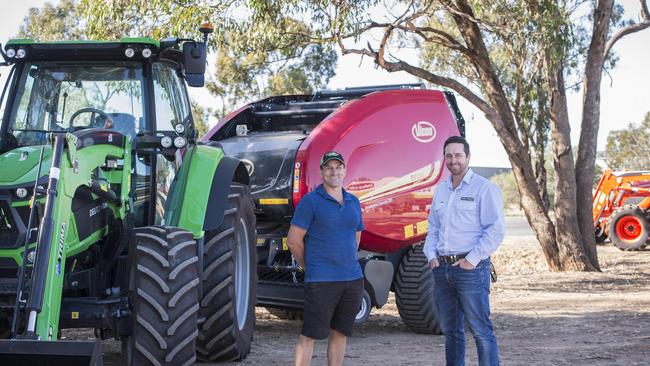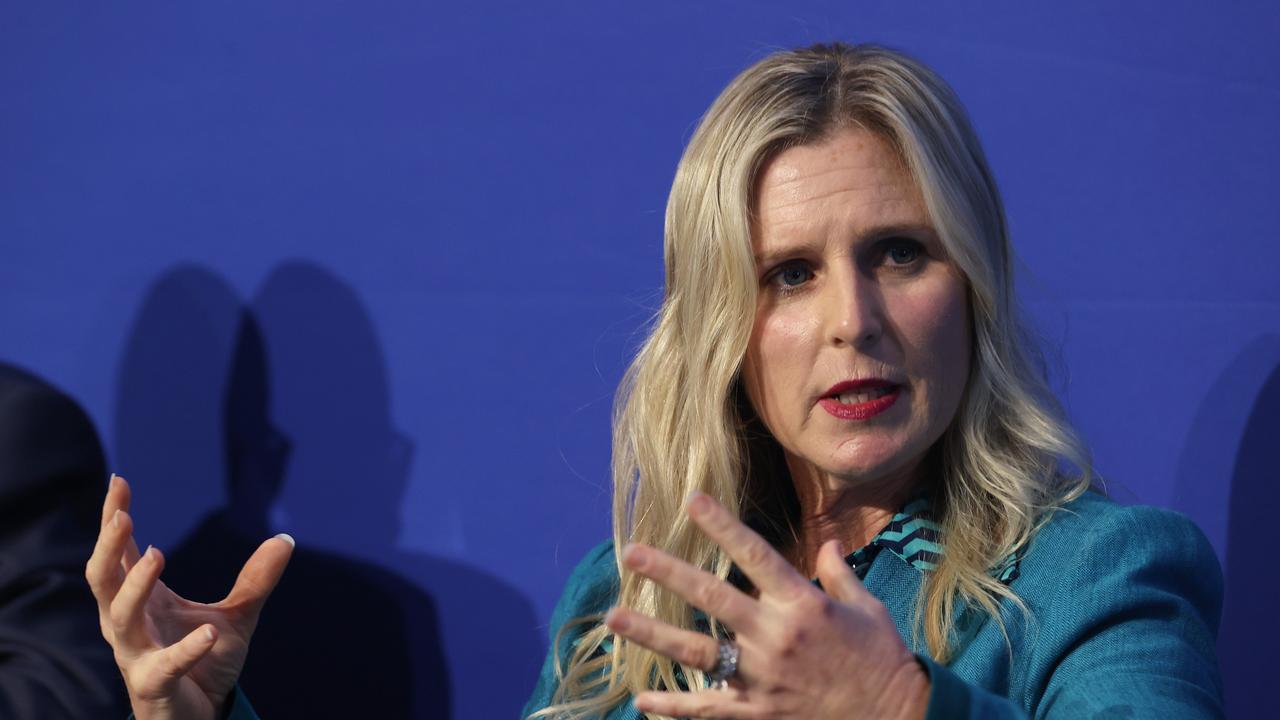Business lending boom tops out, but no bust yet
Business borrowers are increasingly weighing up the size of their loans, making sure to take “just the right amount”.

A wave of business lending that has washed over the economy in recent years looks to have peaked, with an buoyant year fizzing into a muted December.
But whether it becomes a crash landing or a gentle ebb depends on how the rest of the economy handles the year ahead, according to business lending analysts.
The latest data from the Reserve Bank of Australia revealed growth in credit lending to business slowed in December to just 0.3 per cent — down from 0.7 per cent in November.
But it followed after a red hot year for business lending, which topped an annualised 12.9 per cent.
That’s twice as strong as the upswing in lending on housing, which managed 0.3 per cent growth in December but just 6.5 per cent for the year.
The boom in business lending has resulted in the proliferation of loans across the books of Australia’s financiers, funding the purchase of new property, plant, equipment, and materials.
Judo Bank chief economic adviser Warren Hogan said the run-up in business lending all through the pandemic was coming to an end.
“It’s holding up for sure, it’s not sort of collapsing in the way that mortgage demand is,” he said.
Mr Hogan said business lending was “nowhere near as responsive” to the cash rate hikes as housing credit.
“Yes the interest rate cycle is important but I’d argue the economy cycle is more important,” he said.
Prospa chief executive Greg Moshal said there was still good sentiment among business borrowers, but many were weighing up the size of their borrowings.
“Customers are being conscientious, they’re making sure they’re taking the right amount,” he said.
“I don’t want to paint a picture that demand is slowing, but there’s more of an awareness.”
Mr Moshal said small operators who part-funded their businesses via home loans were of particular concern given the recent run-up in mortgage rates.
“Those that were a bit more stressed are having greater stress at this point,” he said.
A recent survey of 250 small and medium business owners by non-bank lender Prospa found many were seeking to access funding to cover business expenses and business growth.
Hiring and training was also a key priority, with Prospa finding one in three were planning to borrow to fund the expense.
The expiry of the Instant Asset Writeoff scheme rolled out under former Treasurer Josh Frydenberg — on June 30 this year — also looms for businesses.
The scheme allowed businesses to claim a deduction on the purchase of an asset.
This created record sales of tradies utes, but worsened a national shortage of vehicles already constrained by pandemic impediments.
“There’s no doubt that the instant asset write-off not only boosted business investment, but for borrowing it’s probably still playing a marginal role now,” said Mr Hogan.
“It may even play a marginal role as it finishes up on 30 June as businesses rush to take advantage of it.”
Mr Hogan said the instant asset write-off scheme — first introduced in 2018, before extension by the Coalition in its 2020 pandemic rescue budget — had been good for spurring business investment.
“I still think there’s a case to be made for extending it again for SMEs because the economy is softening and encouraging investment particularly by smaller companies is a great way to encourage productivity in the economy,” he said.
Mr Hogan said he forecast annual business lending rates will slow to 5-7 per cent, noting this was “pretty good compared to the 10 years before the pandemic”.
“That was 10 years of anaemic growth and low inflation,” he said.
But Mr Hogan said the run-up in business lending was also disguising a lot of inflation in the economy.
“You can see the 14-15 per cent growth in the past year, half of that is inflation,” he said.
“It’s a big difference, there’s going to be some inflation in that projection, if you get 6-7 per cent credit growth at least 3-4 per cent of that is inflation driven.”






